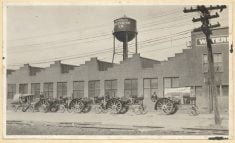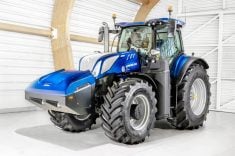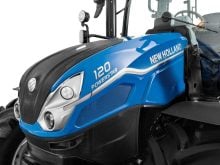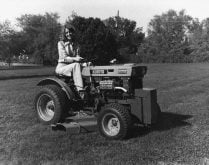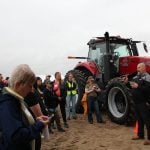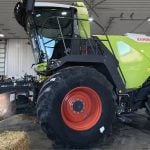Look for an updated machinery line of equipment from CNH’s two brands, New Holland and Case IH, to debut soon for the 2026 model year.
That information was revealed during CNH’s first-quarter earning call in early May. “We’re preparing for a great, fresh 2026 lineup to come very soon,” CNH’s CEO Gerrit Marx said.
But those refreshed models will come with higher price tags.
And as of May 1, the company also increased prices on current model year machines not already sold. Farmers may also see price increases on parts.
Read Also
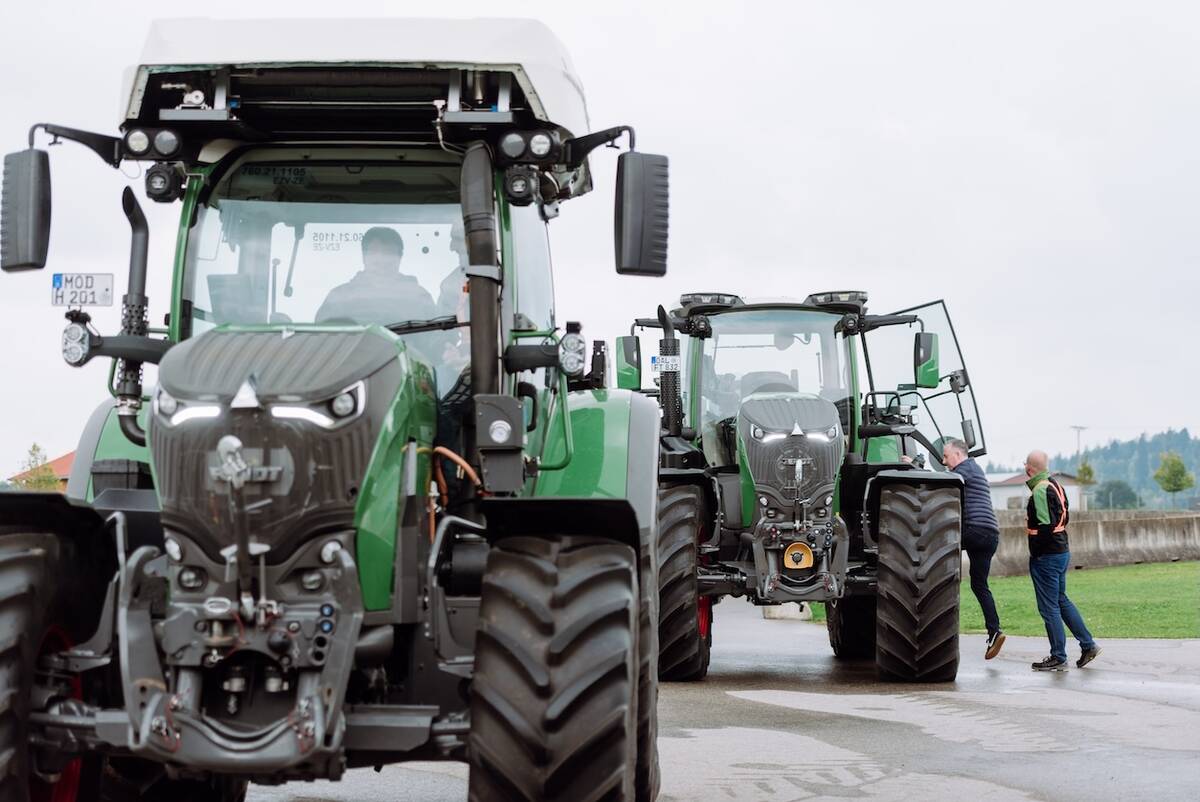
Agco worries about outlook for North America
Agco chief executive officer Eric Hansotia recently had both good and bad news to share about the demand for new farm equipment.
However, those price increases are aimed primarily at the North American market, due solely to increased costs the company faces from U.S. tariffs.
“The price adjustments are specific to North America,” CNH’s outgoing chief financial officer Oddone Insica said on the call. (James Nickolas became CNH’s new CFO effective May 6.)
“Effective today (May 1), and in alignment with our dealers, we implemented a modest price adjustment for North American orders while sharing the tariff supply cost with our supply base,” Marx said.
“Existing orders will not be affected. That will bridge us to our 2026 pricing later this year, with which we expect to fully offset any net cost impact.
“We want to balance that, being mindful of our farmers and builders. And the modest price adjustment for model year 2024 products sold in North America is expected to offset the net tariff effect after supplier actions.”
The tariffs haven’t affected the company as much as they would have if demand for farm machinery had been at the high point of the demand cycle. CNH, like other major brands, has cut back production levels due to the current slump in machinery sales that started well before tariffs added to the slowdown in demand.
Because of the lower demand for new machinery, the company has reduced its large ag equipment manufacturing hours by 36 per cent compared to the same quarter last year.
“The adjustments to our manufacturing cadence, while painful, were necessary to position us to weather the equipment demand downturn in a healthy way that balances our priorities,” Marx says. “And they offer us an opportunity to change our processes to come out stronger on the other side while our operations run at a slow pace.”
CNH’s U.S. plants, which also export to other markets, source about 70 per cent of their components from inside the U.S., 10 per cent from Canada and Mexico and the remaining 20 per cent from Europe and China. Almost all the steel used comes from U.S. mills, so the company is isolated from tariff costs on the majority of its U.S. manufacturing inputs.
Coupled with the low production levels at the moment, that means the company hasn’t been hit as hard by the tariffs as it might otherwise have been.
“We’re currently producing at very low levels in the U.S. so the tariff impact isn’t the same as if we were at the peak of the industry,” Marx says.
Nevertheless, the tariffs have added costs that the company says it will have to pass on to farmers.
Despite that, the company adds that its order book for the second quarter of this year is already full and third-quarter production is more than 50 per cent spoken for, with some machines already sold out.
“Our production levels will remain intentionally lower, at least through the first half of the year,” Marx says. “After this period of observing and adjusting, we will move into aligning our production for the second half in tandem with the realities of the trade impacts.
“It will trigger re-sourcing and most likely relocation of certain production facilities of suppliers to certain countries with more favourable tariff exposure. These discussions are ongoing and such relocations will take time.”




